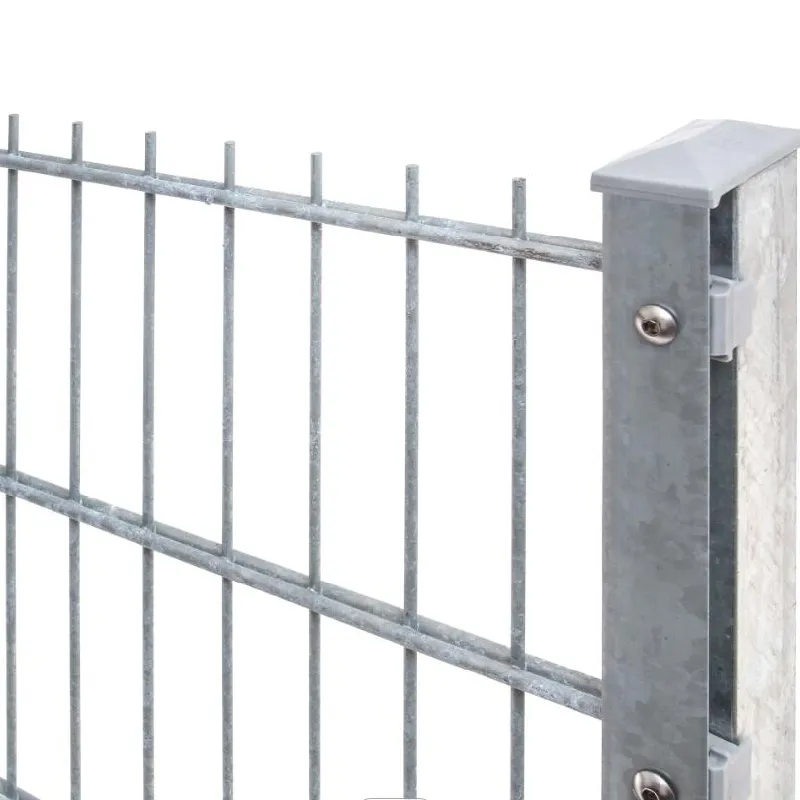
- Afrikaans
- Albanian
- Arabic
- Armenian
- Azerbaijani
- Basque
- Belarusian
- Bengali
- Bosnian
- Bulgarian
- Croatian
- Czech
- Danish
- Dutch
- English
- Esperanto
- Estonian
- Finnish
- French
- Galician
- Georgian
- German
- Greek
- hawaiian
- Hindi
- Hungarian
- Indonesian
- irish
- Italian
- Lao
- Latvian
- Lithuanian
- Luxembourgish
- Macedonian
- Maltese
- Myanmar
- Norwegian
- Polish
- Portuguese
- Romanian
- Russian
- Serbian
- Slovak
- Somali
- Spanish
- Swedish
- Thai
- Turkish
- Turkmen
- Vietnamese
Říj . 04, 2024 22:54 Back to list
building a fence for cattle
Building a Fence for Cattle A Comprehensive Guide
Building a fence for cattle is an essential task for livestock owners. A well-constructed fence not only keeps your cattle safe but also protects your property and other crops. Whether you are starting from scratch or upgrading an existing fence, understanding the requirements and best practices is crucial. This article outlines key considerations and steps in building a durable and effective cattle fence.
Choosing the Right Materials
The first step in building a fence for cattle is selecting appropriate materials. Common options include wooden posts, metal posts, barbed wire, and electric fencing. Wooden posts are sturdy and provide good support but may require treatment to prevent rot. Metal posts are durable and can withstand harsh weather conditions, making them a popular choice for long-term setups.
Barbed wire is frequently used in cattle fencing due to its effectiveness at keeping livestock contained. However, it can pose a risk of injury to animals, so careful installation is necessary. Electric fencing offers an alternative that can be more humane and flexible. It requires a power source and careful planning to ensure that cattle do not escape.
Planning Your Fence Line
Before building the fence, you need to plan the layout. Consider the layout of your land, the movement patterns of your cattle, and the location of water sources. Creating a design that includes gates for easy access and a curved line for a more natural flow can make a significant difference.
Mark the corners and line posts clearly, using stakes or flags. It’s also essential to check local regulations regarding fencing to ensure compliance. In some regions, certain types of fencing may be required, particularly if your cattle are grazing near public roads.
Installing the Fence Posts
Once you have a plan, it's time to install the fence posts. Start by digging holes for the posts at appropriate intervals—typically 8 to 10 feet apart. The depth of the holes should be at least one-third of the post’s length above ground. For example, if your post is 6 feet tall, dig a hole at least 2 feet deep.
building a fence for cattle

After placing the posts in the holes, ensure they are vertical and level. Use concrete to secure the posts for added stability, especially in areas with loose soil. Allow the concrete to cure according to the manufacturer's instructions before proceeding to the next step.
Adding Fencing Material
With the posts securely in place, it's time to attach the fencing material. If you are using barbed wire, start at a corner post and work your way along the line. Attach the wire to the posts using staples or clips, ensuring it remains taut for maximum effectiveness. It’s advisable to use multiple strands of wire (usually 3 to 5) at different heights to keep cattle contained, especially if they are of varying sizes.
For electric fencing, install insulators on the posts, and run the wire through these insulators. Connect the fence to a power source, and ensure there are no gaps in the circuit. Regularly check the system for functionality, as animals may test the fence over time.
Maintenance and Inspection
Building the fence is only the first step. Regular maintenance is critical to ensuring its longevity and effectiveness. Inspect the fence periodically for any signs of wear, damage, or sagging. Pay special attention to areas where cattle may push against the fence, as these are more prone to wear and tear.
Trim back any vegetation near the fence that could create weak spots or interfere with electric fencing. By maintaining your fence, you ensure that it continues to serve its purpose effectively, keeping your cattle safe and secure.
Conclusion
Building a fence for cattle is a rewarding investment that provides security for your livestock and your land. By selecting the right materials, planning carefully, executing the installation correctly, and performing regular maintenance, you can create a durable fence that meets your needs for years to come. Remember, the well-being of your cattle relies heavily on the effectiveness of the fence you build, making this project one of the top priorities for any livestock owner.
-
Your Ultimate Solution for Australian Temporary Fencing
NewsMay.14,2025
-
The Ultimate Guide to Crowd Control Barriers: Secure Your Events with Ease
NewsMay.14,2025
-
Secure Your Livestock with High-Quality Livestock Fence Panels
NewsMay.14,2025
-
Enhance Your Livestock Management with Top-Quality Cattle Fences
NewsMay.14,2025
-
Enhance Security and Safety with Temporary Fencing Solutions
NewsMay.14,2025
-
Corral Gates
NewsMay.14,2025









